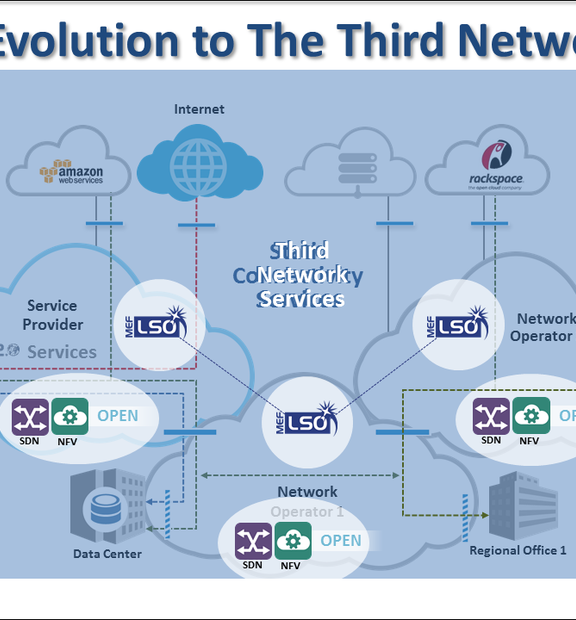I arrived in Rio just as the last of the barricades from the Paralympics were being placed on trucks. I proceeded to wander the afternoon-markets alongside Copacabana beach, practicing my Portuguese to use for my introduction to a presentation on "Multi-Operator Service Delivery: From Months to Minutes..." at the MEF seminar set for later that week.
A lot has changed in Brazil over the last year: Where once MEF and Carrier Ethernet were met with some curiosity and skepticism, now they are recognized as a must-have. Attendees questioned how to get onboard, fast. With well over 100 attendees, including all of the major operators in Brazil, carrier-to-carrier business appeared to be at the top of the opportunity list as global carriers seek access to local sites using standardized CE2.0 services.
The new work of the MEF was a big focus, with attendees showing a particular interest in Lifecycle Service Orchestration (LSO). As best I could, I attempted to boil this complex topic down to a few salient points.

Fundamentally, there is a need to communicate customer intent — what it is the subscriber wants to do with their network-based service — to the underlying infrastructure. This is not a terribly new concept for CSPs, but what's changed is the velocity of this coordination. It has been drastically accelerated and the instantiation begins directly with the customer (or even a machine) via a portal, or API. And it must be automated from start to finish. If that's not enough, this automation must deal with not one operator but two or more as enterprises expand their locations internationally and need to access both local and foreign markets with the same, consistent, CE service.
In the past, setting up these inter-operator partnerships took many months and significant effort. Now, with standardized services, along with recent work to also standardize how such services are ordered and described (MEF 50, MEF 53), local CSPs can start to streamline and eventually automate these connections and accelerate their time-to-revenue. More immediate is the desire from foreign operators to have MEF-certified access services from their local Brazilian partners, bringing a competitive advantage to the MEF-certified operators in Brazil.
One of the more interesting questions was about the relationship between LSO and OSS/BSS, or what I fondly refer to as the “box of fear,” which I continually find located in one of the corners of the many new-technology-based reference architectures. As I explained in the seminar, both LSO and OSS/BSS are interested in communicating the customer intent to the underlying infrastructure — not to mention the surrounding business process — to deliver what the customer needs.

The challenge, which was well recognized in the room, is that the existing OSS/BSS is a well-established, revenue-generating asset. This means that for the foreseeable future there will be lines drawn in and out of the new-technology boxes (like SDN controllers, NFV MANO, etc.) to the OSS/BSS “box of fear.” That will essentially continue as the OSS/BSS box, and everything within, evolves, sometimes organically and sometimes in more disruptive steps. This evolution, based on economic drivers, will continue presumably until a new OSS/BSS box takes center stage. Examining the MEF's direction, that new box is what's termed Service Operations Functionality or SOF, the keystone of LSO.
Regardless of what you wish to call it and which acronym you prefer, the main point is that the industry is transitioning to become more automated and more standardized so that this automation can expand across operators and provide a more dynamic, cloud-oriented experience to end customers.
My advice (it was solicited, I assure you!) to the room was to make sure to seek out open systems that can best adapt, and support this transition. Furthermore, systems, like service assurance, that incorporate the industry's best practices and standards so as to minimize risk for the operators. Because change is omnipresent, and incredibly costly in the world of CSPs, the opportunities for revenue generation are there and savvy operators must take the most feasible — i.e. profitable — path to reach them and best succeed in the future.










